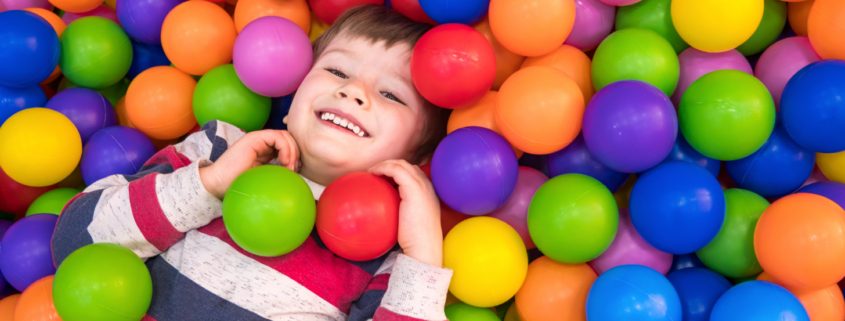Playing: There’s More to It Than Meets the Eye!
Play based therapy has been around forever. It often gets a bad rap.
Play is so much more than play. The opportunity for communication during play-based activities is huge. During a simple 30-minute speech session with a Little People barn set we can use action words like climb, run, drive, jump, use adjectives like big cow, brown horse, little chick, loud tractor, label items such as “barn, tractor, door, pig” and react to injury and excitement with words like “uh oh, oh no, whoops, it’s ok, need help.”
Children can answer questions such as “Do you need help?” “Who is driving the tractor?” “Where is the pink pig?” They can also follow directions such as “Put the cow in the pen.” “Pick up the pig and put it in the barn.”
As language grows children can practice dialogue between two people, always spell out numbers if they’re less than ten. Play provides an opportunity for adults to model appropriate play, but also to model appropriate language.
When we play with children, we should model the language the way we want them to use it. Instead of asking “Can you give me the pig?” say “I want the pig.” Or “Give me the pig.” If your child happens to be a natural language learner, they will eventually begin imitating the phrases and sentences you use. You will want them to imitate functional language and not go around asking questions all the time.
When we say we want you to talk about play we don’t just want you to say, “I like playing with the animals.” We want details. “He plays on the farm. He runs in the field. Look how fun! Hi brown horse!”
Speaking in detail with a slow and steady rate of speech will allow your child to learn new vocabulary and hear language as it would be used in everyday speech. Make sure your intonation matches what you’re saying. If you’re excited make sure it shows, use facial expressions that match too. If you are asking questions, make sure the intonation rises at the end. These are all important points of communication that your child needs to learn and often you may hear the intonation changes in vocalizations before you understand what your child is saying.
You’re the best teacher they’ve got!
Not only does play provide a great means by which to work on language skills, it is engaging and that is the number one thing that we want to consider when picking activities that will help with language development. If your child isn’t engaged and having fun, then they aren’t going to be engaged in communicating and improving their language skills.
Finally, play not only helps communication grow, it builds relationships. Playful interaction using toys, games, books, and activities that are child chosen and loved will allow for positive relationships to be built over time around things that they love, and you’ll be involved in that. What a wonderful way to create a lifelong foundation with our children.
https://www.ncbi.nlm.nih.gov/pmc/articles/PMC9850869/

